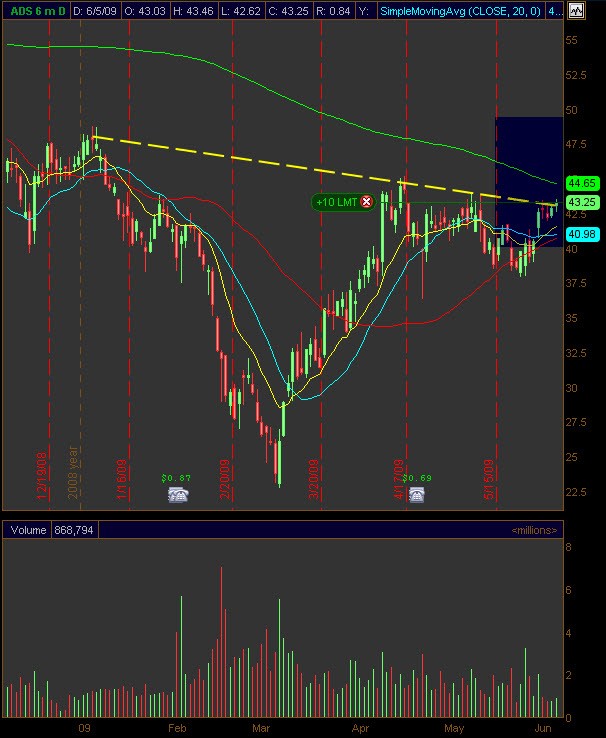The Short Squeeze Phenomenon
Post on: 31 Август, 2015 No Comment

Recent Posts:
The Short Squeeze Phenomenon
Most investors feel pressure when stock prices are going down, but short sellers are a little different. Short sellers feel pressure when stock prices are going up.
After all, short sellers make money when stocks are going down, and they lose money when stocks are going up.
How Do Short Sellers Get Squeezed?
Short sellers get squeezed when the price of the stock they have shorted begins to rise. This can happen because investors are feeling good about the stock and more and more are starting to add it to their portfolios, because some investors who sold the stock short are exiting their trades and covering their positions or a combination of both.
As the stock price rises, it either eats into a short sellers profits or increases a short sellers losses. Either way, the experience is unpleasant.
Plus, short sellers are usually in a leveraged position because they have borrowed the stock they have shorted from their broker. This means the pressure that comes from mounting losses is amplified.
What Happens When Short Sellers Get Squeezed?
When short sellers get squeezed, they try to minimize their losses by exiting their trades.
To do so, short sellers have to go out into the market and buy back the shares of the stocks that they shorted. This added buying pressure continues to push the value of the stock higher, which leads to further pain for the remaining short sellers.
Soon enough, these short sellers begin to exit their trades by covering their short positions, and the cycle begins to feed on itself in a feedback loop that pushes the price of the stocks higher and higher.
If you want to find potential short-squeeze candidates, keep your eye on the short-interest levels of stocks that have been losing value.
If the short-interest levels are high, watch for little turn arounds and signs of life. If the stock price begins to turn around, you may see a short squeeze in the making.
NEXT: Understanding Short Interest
Understanding Short Interest
Every company has stock traders who believe its stock price is going to go up and stock traders who believe its stock price is going to go down. Typically, those stock traders who believe the stock price is going to go down simply put their money elsewhere by investing in other stocks.
However, when stock traders believe so completely that a stock is going to go down, they actually sell the stock short.
Knowing how many shares of a particular stock have been sold short is a valuable indicator and provides a glimpse into the investor psychology surrounding that stock.
Of course, just looking at todays numbers doesnt tell you the whole story. You need to look at how those numbers are changing over time to get a complete picture. To do so, you can monitor three numbers:
- Short interest
- Days to cover
- Short-interest ratio
What Is Short Interest?
Short interest is the number of shares that investors are currently short on a particular stock.
For instance, if stock traders shorted 15 million shares of a company and then covered 5 million shares by buying the stock back, the current short interest would be 10 million shares (15 million 5 million = 10 million).
What Is Days to Cover?
Days to cover is the number of days based on the average trading volume of the stock that it would take all short sellers to cover their short positions.
For instance, if a stock has a short interest of 20 million shares and an average trading volume of 10 million shares, the days to cover would be two days (20 million / 10 million = 2 days).
What Is the Short-Interest Ratio?
The short-interest ratio is a comparison between the short interest in a stock and the total number of outstanding shares of that stock.
For instance, if a company has a short interest of 15 million shares and outstanding shares totaling 150 million, then the short-interest ratio is 10 percent (15 million / 150 million = 10%).
How to Use These Numbers
As you are monitoring a stock, you need to pay attention to the trends of the short interest, days to cover and short-interest ratio numbers.
If the numbers are trending higher, you know investor sentiment in the company is deteriorating and the stock price has an elevated risk of dropping. In this situation, you may want to consider selling your shares if you own stock in the company, or you may want to consider shorting the stock yourself or buying a put on the stock if you dont already have a position in it.
Conversely, if the numbers are trending lower, you know investor sentiment in the company is improving and the stock price has an increased chance of rising. In this situation, you will most likely want to hang on to your shares if you own stock in the company, or you may want to consider buying the stock yourself or buying a call on the stock if you dont already have a position in it.














